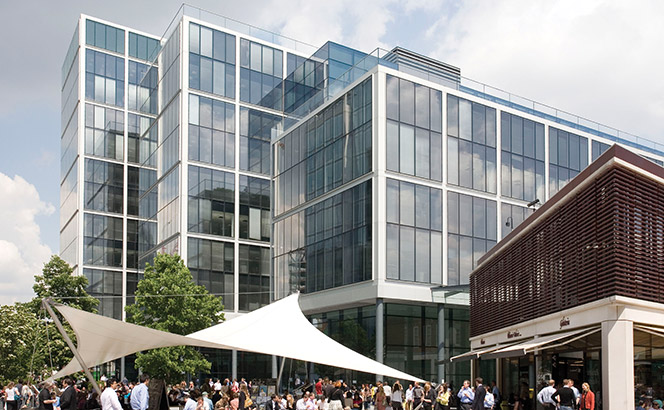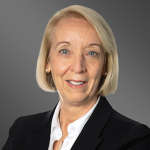Allen & Overy has become the first of its peer group to reveal its pay gap statistics and, while gender disparities are still concerning, the firm has made a positive statement of intent by disclosing its disability pay gap for the first time.
On gender pay disparity, A&O’s figures are a mixed bag, with the firm moving in the wrong direction on partner pay. Women – which make up just 20% of the partnership – are paid on average 18% less than male counterparts, compared with a 16% disparity last year.
However, it is worth remembering that the data captures partner numbers to 5 April 2020, before the May promotion round kicked in. As it stands, women currently account for 22% of the partnership. The median gap has also grown to 26% after progress in 2019 saw it reduce to 17%.
A&O’s report comes in spite of the government easing pressure on companies to divulge their statistics this year as they come to terms with increased business challenges posed by the coronavirus pandemic.
Disability data shows that of a 74% response rate among UK staff, 3% have identified as having a disability, putting them on average at a 20% pay disadvantage, or 9% if considering the median figure.
Combined employee and partner numbers show nominal improvement on last year, with the average gender pay gap closing to 60% from 61.5% in 2019, notwithstanding the median has increased to 46% from 44% last year.
Ethnicity figures are based on 96% of employees in the UK responding and show that on average, black, Asian or minority ethnic employees are paid 22% less, while the median stands at 41% in favour of ethnic minorities.
The firm said 74% of employees recorded sexual orientation and, of these, 5% identifying as LGBT+. On average, those identifying as LGBT+ earn 8% more while the median figure puts them at a 10% disadvantage.
In 2018, A&O redoubled its diversity efforts, including opening up a so-called ‘hub’ office in southwest London’s Vauxhall to facilitate remote working, an initiative that was later abandoned through lack of interest. Senior partner Wim Dejonghe simultaneously set a target for 30% of partnership candidates to be women, starting by 2021. In its partnership promotions this year, 45% of new partners were women.
The firm’s stated ambition of having 30% of its board female has now been achieved, while 31% of its executive committee are now women. 50% of A&O’s risk committee is female and 42% of its people and performance board is female.
A&O said it wanted to see progress translate to an increase in the overall proportion of women partners, working towards an initial target of 30% globally. Sasha Hardman, global HR director of A&O said: ‘During a crisis there is a risk that diversity and inclusion could become less of a priority but we are determined not to let that happen. We have maintained our action in this important area in recent months during the pandemic and we are focused on continuing to engage with the issues to bring about positive change within A&O.’















